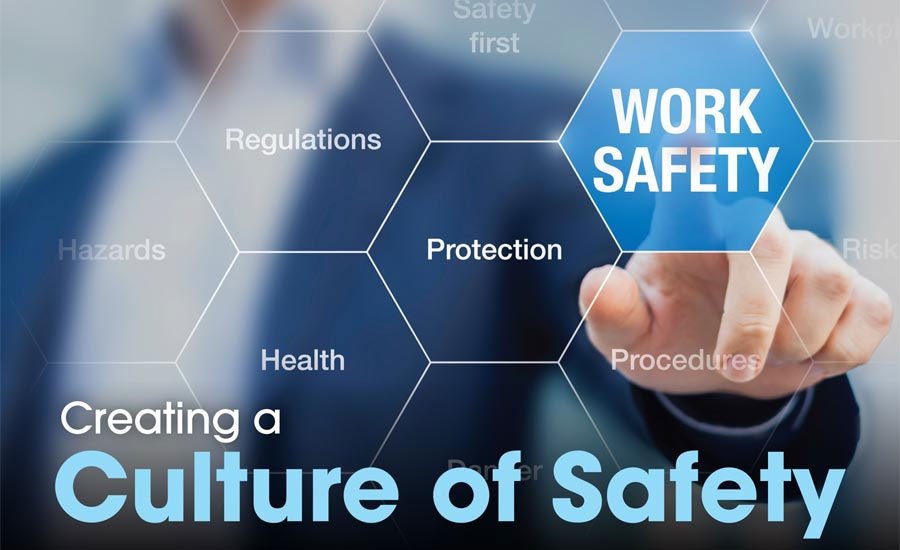The culture of safety is an elusive goal, but one that is increasingly important in this day and age. A commitment to safety from management is all well and good, but in order to ensure the workplace is safe for everyone, the commitment has to be matched by employees at every level of the business.
Say It Loud
The first step in ensuring a culture of safety is to be vocal about it as a goal for your workplace. More than just hanging labor law posters, be constantly reminding your employees of it verbally and, crucially, demonstrating it through your actions as well. As a leader in your place of business, your behavior serves as a model for your employees. If you aren’t calling out unsafe behavior, or if you’re seen to cut corners and skip your due diligence, getting your employees to engage in workplace safety as a goal will be an uphill battle from the beginning. As will be covered later, this includes behavior and language on your part that might constitute harassment or otherwise create a hostile work environment for someone. As a cultural concern, if you’re seen engaging in that kind of behavior, you have no hope of influencing your employees to avoid it.
Set Goals
Goal-setting is an important part of any team endeavor, and so you can use goals to help motivate your employees to pay attention to safety. Try to find concrete behaviors that can be tied to goals easily, and provide tangible rewards when they’re met. Since you’re trying to build habits, the best format is to assign out some daily tasks related to safety (salting the parking lot during an icy winter, for instance) and dole out rewards every two weeks if no days are missed. Competition, if appropriate, can be a great motivator, but in the case of a safety goal it can be hard to construct a reasonable format that pits employees against each other. Safety is a cooperative enterprise in the first place, so consider setting safety goals for the whole workplace as a team.
Safe for Everyone
Physical safety is of course not the only component of a safe work environment. Indeed, in many workplaces the most unsafe conditions are created by workplace harassment. Always be vigilant on behalf of your employees representing minority groups, particularly any that have identities you don’t share. Reach out to them if you have doubts or questions and be willing to listen if they have suggestions or concerns. Participating in racial- or gender-based humor is fraught territory; it can be acceptable if you have the right rapport with your employees, but it’s very easy to cross boundaries, and the safest bet is to avoid it altogether. Establish anonymous reporting of some kind. Most importantly, follow up on any concerns that are brought to your attention. If you give the impression that nothing will be done, employees that feel unsafe are more likely to simply leave rather than attempt to make changes.
Use Judgment
There is no fixed goalpost for a culture of safety, no point where you can definitely say you are done and your workplace is now safe for good. The important thing is that everyone who works under you feels safe at work. That makes a safe culture a subjective goal (since it’s based on the feelings of your employees) and a continuous one (because it only takes one incident on one day to leave an employee feeling unsafe.) Accordingly, the best thing you can do is to be open yourself to the feelings and concerns of your employees. Remember to listen first and respond second, and resist the urge to go on the defensive if an employee is critical of something you’ve been doing. You probably worked under someone once; try to remember how apprehensive you might have been bringing up a concern to your boss when you were in the employee position.
A culture of safety is an investment. It will take time, energy, and possibly capital to build one at your workplace, but the rewards are immense. Employees that feel safe, listened to, and cared for are fiercely loyal, more willing to go the extra mile, and will stick with your business through thick and thin.







